 Little Rock Aviation Supply Depot
Little Rock Aviation Supply Depot
Time Period: Early Twentieth Century (1901 - 1940)
 Little Rock Aviation Supply Depot
Little Rock Aviation Supply Depot
Little Rock Aviation Supply Depot
 Little Rock Brewing & Ice Company
Little Rock Brewing & Ice Company
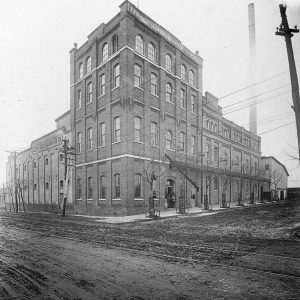 Little Rock Brewing & Ice Company
Little Rock Brewing & Ice Company
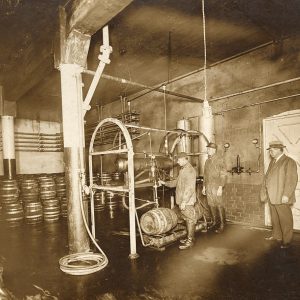 Little Rock Brewing & Ice Company
Little Rock Brewing & Ice Company
Little Rock City Hall
Little Rock College
 Little Rock College Seal
Little Rock College Seal
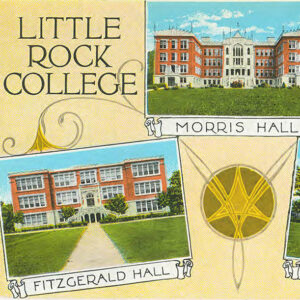 Little Rock College Postcard
Little Rock College Postcard
Little Rock Confederate Memorial
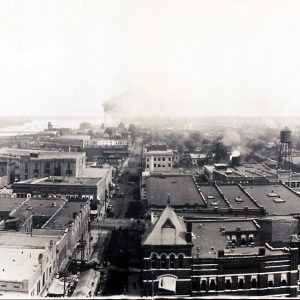 Little Rock Downtown Panorama
Little Rock Downtown Panorama
Little Rock Fire Station No. 9
 Little Rock Map, 1913
Little Rock Map, 1913
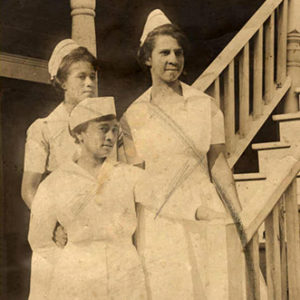 Little Rock Nurses
Little Rock Nurses
Little Rock Picric Acid Plant
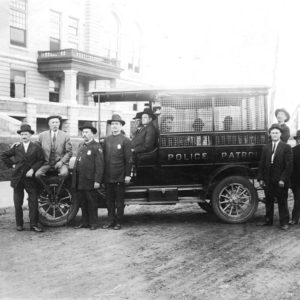 Little Rock Police
Little Rock Police
Little Rock Railway & Electric Company (LRREC)
 Little Rock Railway and Electric Co.
Little Rock Railway and Electric Co.
 Little Rock Senior High Yearbook
Little Rock Senior High Yearbook
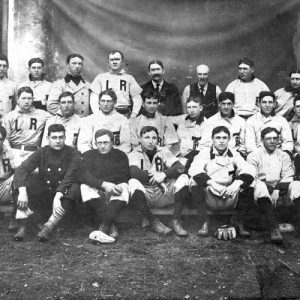 Little Rock Travelers
Little Rock Travelers
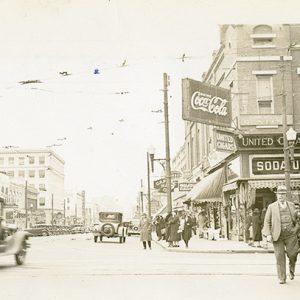 Little Rock, 1933
Little Rock, 1933
 Little Rock, 1933
Little Rock, 1933
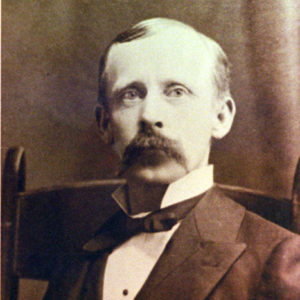 John Little
John Little
 John Little
John Little
Little, John E.
Little, John Sebastian
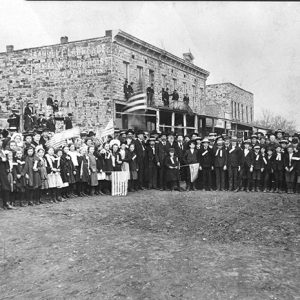 Governor John Little Reception
Governor John Little Reception
 Livery Stable
Livery Stable
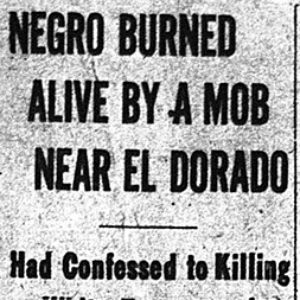 Livingston Lynching Article
Livingston Lynching Article
Livingston, Frank (Lynching of)
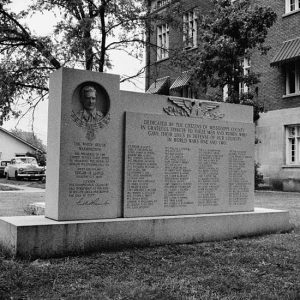 Edgar Harold Lloyd Monument
Edgar Harold Lloyd Monument
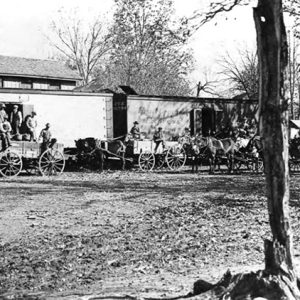 Loading Apples
Loading Apples
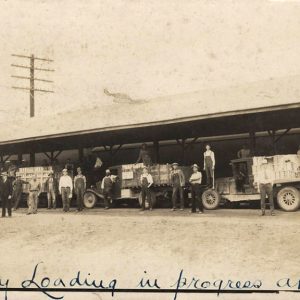 Loading Berries
Loading Berries
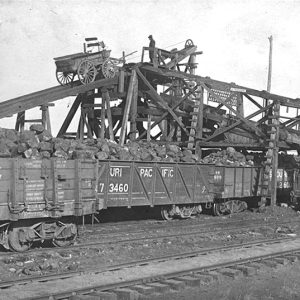 Loading Coal
Loading Coal
 Lock and Dam Number 1
Lock and Dam Number 1
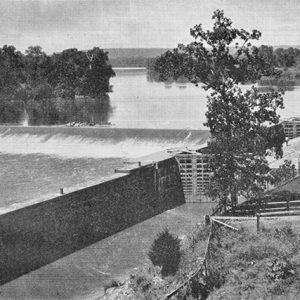 Lock and Dam Number 1
Lock and Dam Number 1
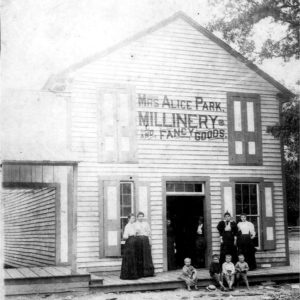 Lockesburg Millinery Store
Lockesburg Millinery Store
Lockesburg Waterworks
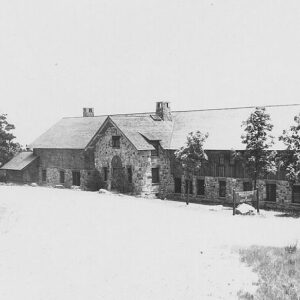 Lodge on Mount Magazine
Lodge on Mount Magazine
 Log Cabin Tavern
Log Cabin Tavern
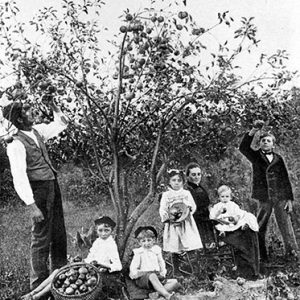 Logan County Apple Orchard, 1920s
Logan County Apple Orchard, 1920s
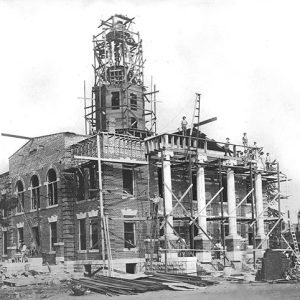 Logan County Courthouse in Paris
Logan County Courthouse in Paris
Logan County Courthouse, Eastern District
Logan County Courthouse, Southern District
Logan County Draft War
aka: Franklin County Draft War
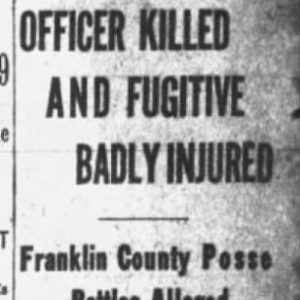 Logan County Draft War Article
Logan County Draft War Article
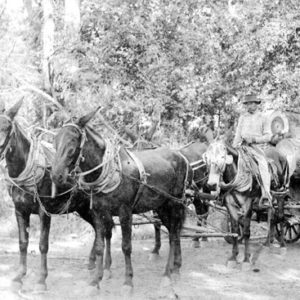 Logging in White County
Logging in White County
 Logging Train
Logging Train
 John Lomax
John Lomax
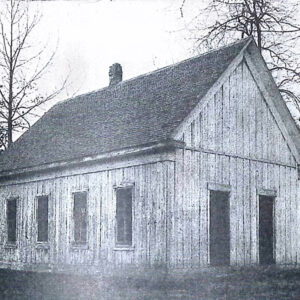 Lone Valley School
Lone Valley School




